Vermonters have long upheld a tradition of documenting biodiversity. Biologists and community scientists have recently completed major statewide surveys of breeding birds, butterflies, reptiles and amphibians, bumble bees, and more. Join an active atlas and explore tone from the past to learn about the diversity and conservation status of our natural heritage.
Scientifically-designed atlases using survey blocks began in the United Kingdom in the 1960s. Vermont was one of the first to complete one in North America. Hundreds of wildlife atlases have been completed since at scales ranging from counties to states, or even entire countries. Most atlases simply document where each species occurs in survey blocks, but some also estimate abundance. Now, atlases are being repeated with a primary goal of determining whether and how wildlife distributions are changing. We've completed two breeding bird atlases in Vermont and are planning our second butterfly atlas!
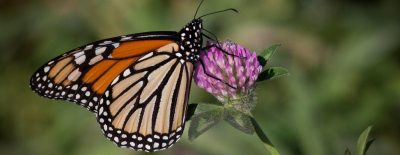
Second Vermont Butterfly Atlas (2023-2027)
Twenty years ago hundreds of community scientists joined us for the first Vermont Butterfly Atlas, heralding a new era for their conservation. Now with your help, we have the rare opportunity to understand long-term trends in butterfly populations across the state and help conserve them.
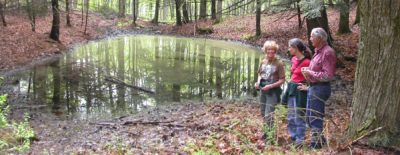
Vermont Vernal Pool Atlas
The Vermont Vernal Pool Atlas is an online, interactive database that compiles and archives data for the Vernal Pool Mapping Project and the Vernal Pool Monitoring Project. Browse the Atlas or join and submit information about vernal pools you visit.
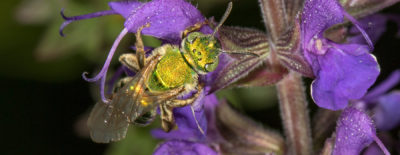
Vermont Wild Bee Survey
Although we estimate there are about 300 species of wild bees in Vermont, there has never been a full survey. Without even a checklist of species, it is very difficult to know whether populations are healthy or declining. VTBees is the first step in assessing bee populations across Vermont.
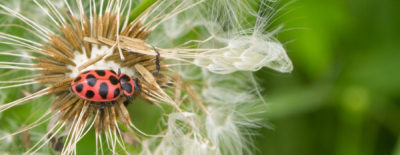
Vermont Lady Beetle Atlas
Did you know that 36 native lady beetle species have been documented in Vermont? Unfortunately, almost half of these species have not been reported recently. Are they truly gone? It's a mystery we're eager to solve. Learn more about these insects and help us find them!
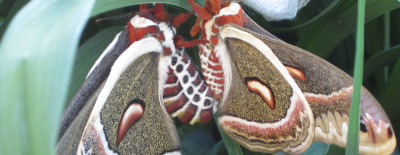
Vermont Moth Atlas
The Vermont Atlas of Life, with the aid of many volunteers across Vermont, has been mapping moth distribution and phenology one photo-observation at a time. You can help us record and map all moths– rare or common. Take digital photographs and submit your observations to iNaturalist!
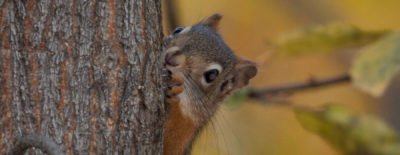
Vermont Small Mammal Atlas
Imagine a mammal that weighs less than a dime, or one that runs on water, and another that's venomous! All of these small mammals can be found in Vermont. There are 35 species in the state - bats, shrews, squirrels, voles, mice, moles, weasels, rats, lemmings, and jumping mice.
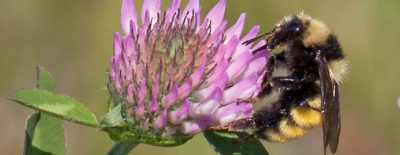
Vermont Bumble Bee Atlas
From 2012 to 2014, VCE biologists and community scientists spread across the state, from roadsides to mountain meadows, to survey bumble bees, and the similar appearing, Eastern Carpenter Bee. Nearly half of these bees are of conservation concern. Keep adding your observations to a crowdsourced project!
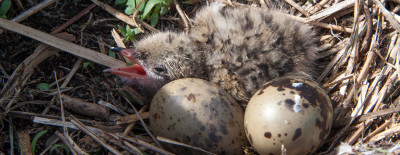
Vermont Breeding Bird Atlas
The Vermont Breeding Bird Atlas is the most comprehensive bird survey in the state, and occurs only once every 25 years. The first atlas was from 1976-1981 and the second was completed in 2003-2007. Learn about the birds and their populations changes and join us for the third atlas in just a few more years!
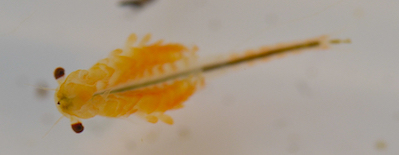
Vermont Fairy Shrimp Inventory
Vermont was lacking data on the species presence and distribution of our fairy shrimp. Since 2022, VCE has partnered with University of Kansas carcinologist Dr. Christopher Rogers to conduct the first inventory of Vermont's fairy shrimp.
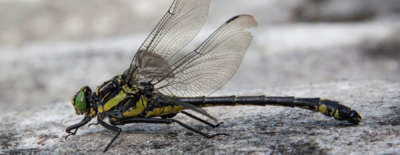
Vermont Dragonfly and Damselfly Atlas
Vermont's fauna was poorly known until a new wave of fieldwork beginning in the late 1990s quickly relieved Vermont of its reputation as the most mysterious among New England states for odonates. This atlas presents the evidence. Keep adding your observations to Odonata Central or iNaturalist to help the atlas.
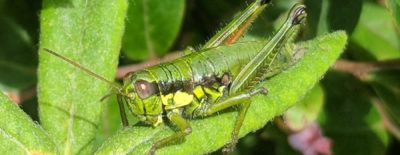
Atlas of Vermont Orthoptera (Grasshoppers, Crickets, Katydids)
Welcome to the most comprehensive assessment of Vermont Orthoptera ever assembled. The Atlas of Vermont Orthoptera is also a living survey, growing every year with new discoveries and updated distribution maps. Add you observations and sound recordings to iNaturalist for the atlas.
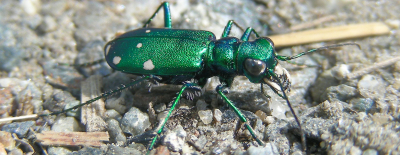
Vermont Tiger Beetle Atlas
There are many passionate followers of tiger beetles. Vermont has 17 species of these charismatic insects and over half of them are of conservation concern. This atlas represents years of field work by many contributors with new records added each year. Add your observations to iNaturalist to help us track the tigers!
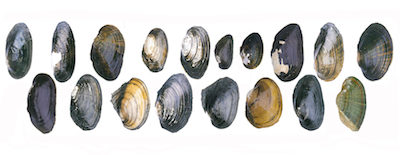
Vermont Freshwater Mussel Atlas
The mission of the Vermont Freshwater Mussel Atlas is to bring past, present, and future knowledge about freshwater mussel biogeography into currency for conservation, science, and society. Vermont has 18 native species and the majority are of conservation concern. Learn more about these bellwethers of water quality and add your observations to iNaturalist.
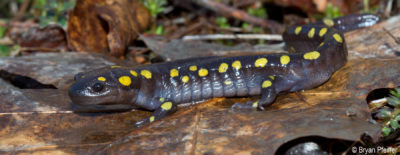
Vermont Reptile and Amphibian Atlas
This independent project, with the help of volunteers and collaborations with organizations such as VCE, collects distribution and other information to help conserve Vermont’s reptiles and amphibians. All sightings added to the Vermont Atlas of Life on iNaturalist are shared with this project.






